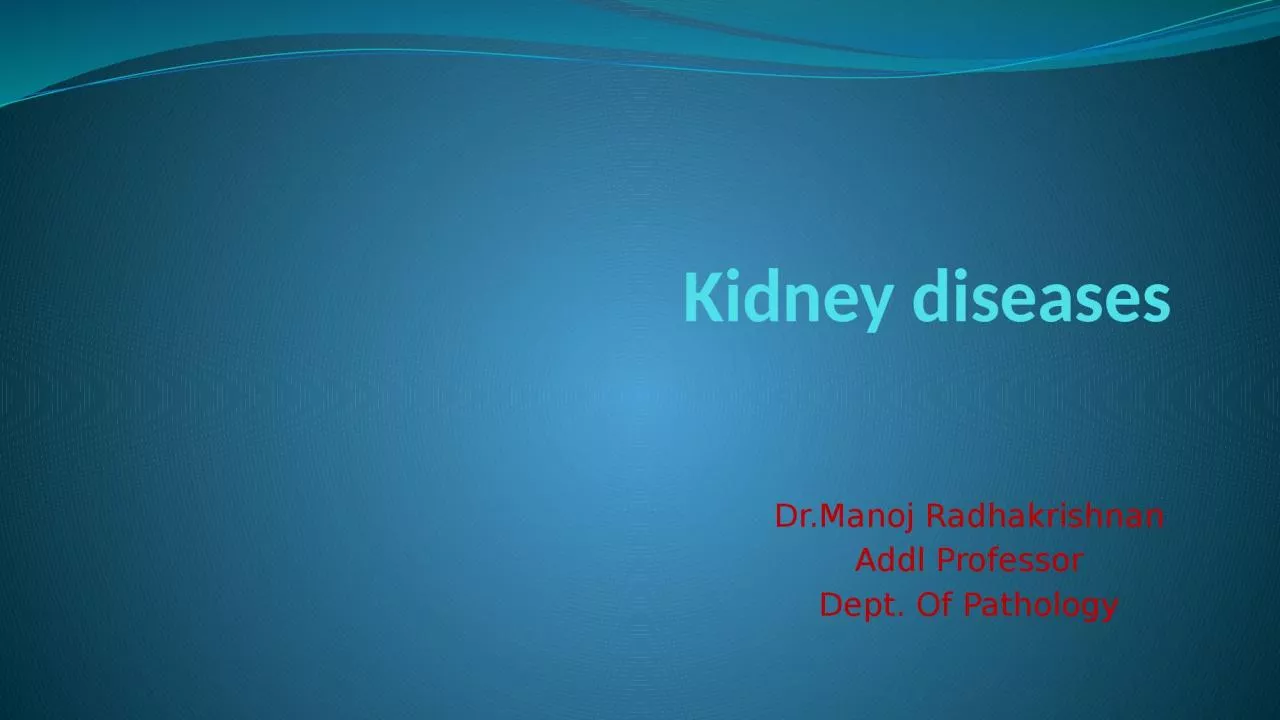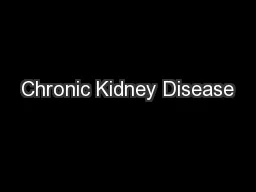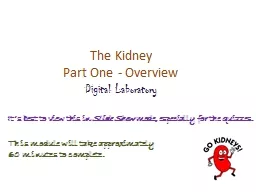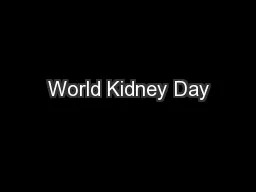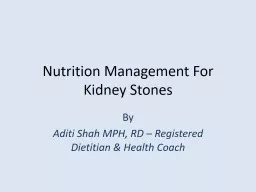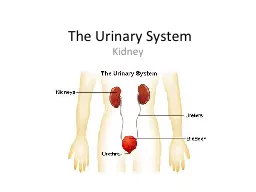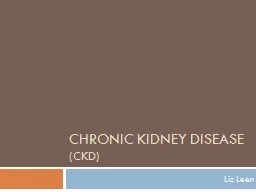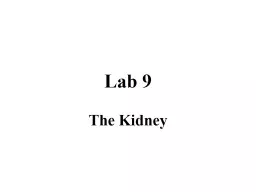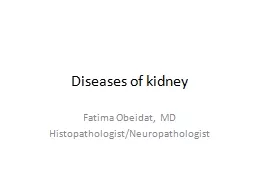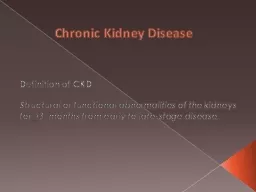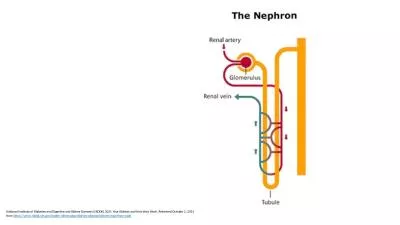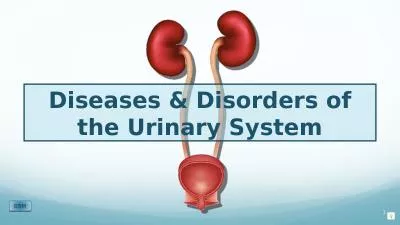PPT-Kidney diseases Dr.Manoj
Author : ceila | Published Date : 2024-01-03
Radhakrishnan Addl Professor Dept Of Pathology The main clinical renal syndromes Acute Nephritic syndrome Nephrotic syndrome Asymptomatic hematuria proteinuria
Presentation Embed Code
Download Presentation
Download Presentation The PPT/PDF document "Kidney diseases Dr.Manoj" is the property of its rightful owner. Permission is granted to download and print the materials on this website for personal, non-commercial use only, and to display it on your personal computer provided you do not modify the materials and that you retain all copyright notices contained in the materials. By downloading content from our website, you accept the terms of this agreement.
Kidney diseases Dr.Manoj: Transcript
Download Rules Of Document
"Kidney diseases Dr.Manoj"The content belongs to its owner. You may download and print it for personal use, without modification, and keep all copyright notices. By downloading, you agree to these terms.
Related Documents

